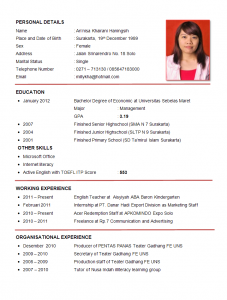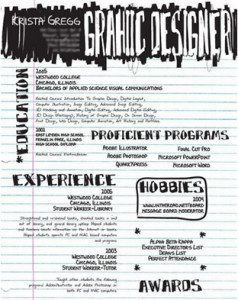Overview
The purpose of this blog post is to introduce a new definition of technical communication to my classmates so that you all know what I have learned and hopefully can relate to my observations. I will discuss my definition and explain how I created it as well as whom counts as a technical communicator based on my definition.
My Definition
I chose my definition of technical communication by reassessing the collaboration of our readings and other outside sources and how their authors defined it. Below, I have listed the definitions from multiple authors that were particularly interesting to me.
- “Technical communication is no longer simply communication about technology; it is also often communication as and in technology […] In other words, technical communication has become both a process and a product” –Solving Problems in Technical Communications by Johndan Johnson-Eilola and Stuart A. Selber.
- “Communicating about technical or specialized topics […] by using technology and providing instructions about how to do something” – Society for Technical Communication.
- “A means to document or convey scientific, engineering, or other technical information” –Wikipedia (Let’s be real, Wikipedia’s definitions are usually spot-on).
I notice that many sources define technical communication by its characteristics instead of one sentence. I also noticed that the main thing these definitions have in common is logical order. But with these definitions, I have settled on my own meaning of technical communication: a means of explaining procedures that produces another procedure and/or product successfully using multimodal tools. I created this definition also because of my own experiences through the course of our class. For example, the process for which I created the annual report template for Our House and explaining the procedure to recreate are forms of technical communication.
My Definition and Tech Comm
However, my definition does not only satisfy my firsthand experiences, but it also relates to the general field of technical communication in that it does not focus on a specific topic or kind of technology but also includes process, product, and technology simultaneously. For instance, throughout the weeks in class, we have been introduced to development/training module presentations that covered a good portion of technical communication: Griffith’s Procedural Narrative, aka “A How-To on How-To’s,” module presentation is one that directly relates to my definition that technical communications is a means of explaining procedures that produces another procedure and/or product successfully using multimodal tools.
My Definition and English
My definition also applies to my major and focus: English and rhetoric and composition. One of the reasons that I chose to take this class is the importance of being able to enhance my critical thinking and applying it to real situations (our service learning project). I think logically and less abstractly, so technical communications sounded like a course that could help me gain new skills and apply them to other courses as well.
Who Counts As a Technical Communicator?
By my definition, teachers, medical doctors, scientists, chefs, and pretty much anyone who deals with more logical work are considered technical communicators because each of them instruct others with or without technical knowledge. Even after this course, I would consider all of us technical communicators because we will apply the logical written skills and knowledge that we gained at some point in our job application processes.
Sources Cited
Johnson-Eilola, Johndan and Stuart A. Selber. Solving Problems in Technical Communication. The University of Chicago, 2013. Print.
Wikipedia: http://en.wikipedia.org/wiki/Technical_communication
 P
P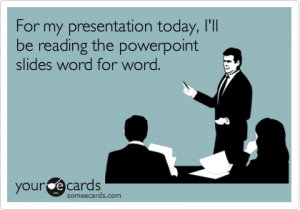

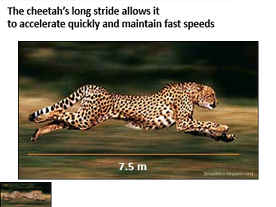



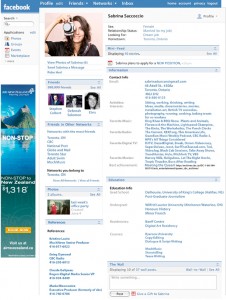
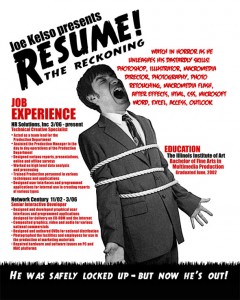
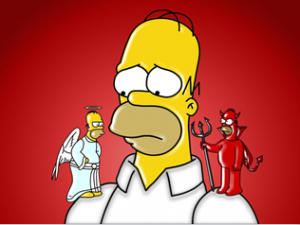 (
(